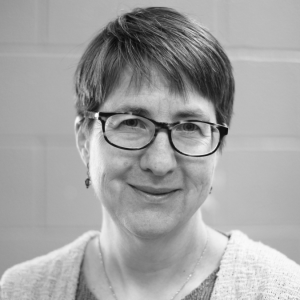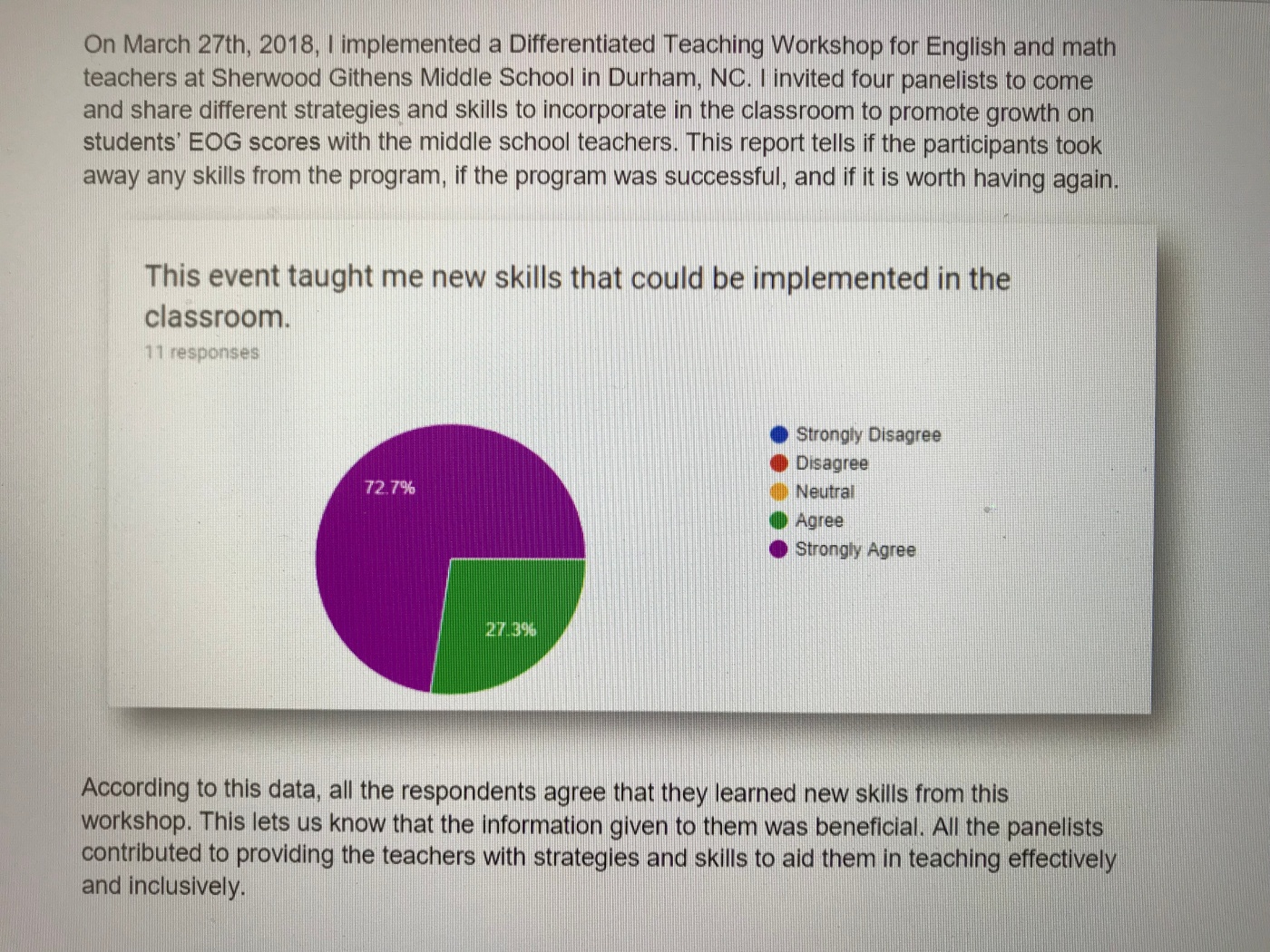Part 2 of Carolyn (Collie) Fulford‘s reflections on digital humanities in the context of teaching technical and professional writing. Originally posted January 20, 2018. Prof. Fulford was a fellow in the FHI-NCCU DH program in 2017-18. Find links to other posts in the series here.

Dr. Carolyn “Collie” Fulford, North Carolina Central University
When I applied for the digital humanities fellowship, I had one idea about enacting DH. I was going to entirely transform a first-year course and learn a whole bunch of brand new things in order to do so. But my ideas have shifted as a result of conversations in our group, attending HASTAC, and experimenting last semester.
For spring 2018, I have refocused my pedagogical intentions on a class I have taught more than 20 times — intro to technical writing. I’m also focused on strengthening my existing knowledge in digital composing and publishing rather than learning something completely new from scratch. From this place of relative comfort, I am rewriting one unit entirely (there are four) and making adjustments to a second. These changes build on what I learned during my professional writing course of fall 2017. Here’s the rewrite.
During Unit 3 of tech writing, we will host a panel,”The Risks and Rewards of Establishing a Professional Online Presence.” I have lined up at least one former student, a DH colleague (Dr. Mac – thanks!), and the university’s internet security officer. I’ve also invited Career Services. Students in many majors are encouraged to create a LinkedIn presence, to create digital portfolios of their work, and/or to establish social media accounts for professional purposes. I want to have my tech writing students gain critical awareness about issues with such public writing so they can make informed decisions about self-representation in online environments.
The panel’s content is valuable, yet I’m also using it to model a typical kind of event that requires lots of writing to make happen. During the unit, I’ll have students select their own topics and organizations for which they will create mock or real panel events. In keeping with the course focus on workplace writing strategies, they will:
- propose the event (the course description promised proposal writing),
- invite speakers (business correspondence),
- advertise the panel (to gain exposure to digital composing tools like Canva and practice integrating visuals and text rhetorically, to determine digital and analog means of distribution),
- create a digital evaluation (to increase comfort with Google Forms and survey design), and
- work with data from the evaluation in a followup report (to learn techniques for integrating quantitative visuals into narrative documents).
The version for students: Unit 3 Overview – Writing to Make an Event Happen
At the end of last semester, one of my realizations was that no matter how excited about a new approach I become, existing course objectives matter. So what I describe above is less a radical DH transformation of a course and more of a DH deepening in the ways I’m teaching it. Propose, correspond, advertise, evaluate, report: These are core workplace writing moves, most of which I assigned in prior tech writing courses already in various forms. In my DH-informed version of the course, I’m deliberately ramping up my own and my students’ creative use of digital composing techniques and our critical awareness of issues in digital publishing.
Follow-up: Student examples

Jessica Wilds created a flyer on Canva to advertise her event. Used with permission.

Jessica Wilds used Google Forms to create and distribute a survey to event participants. She interpreted the results in a report to the event sponsors. Used with permission.
